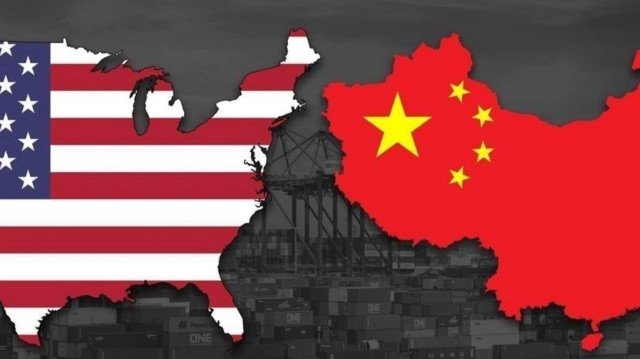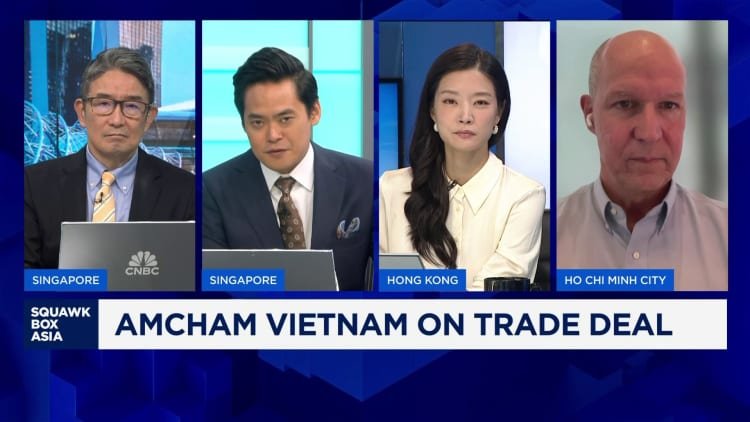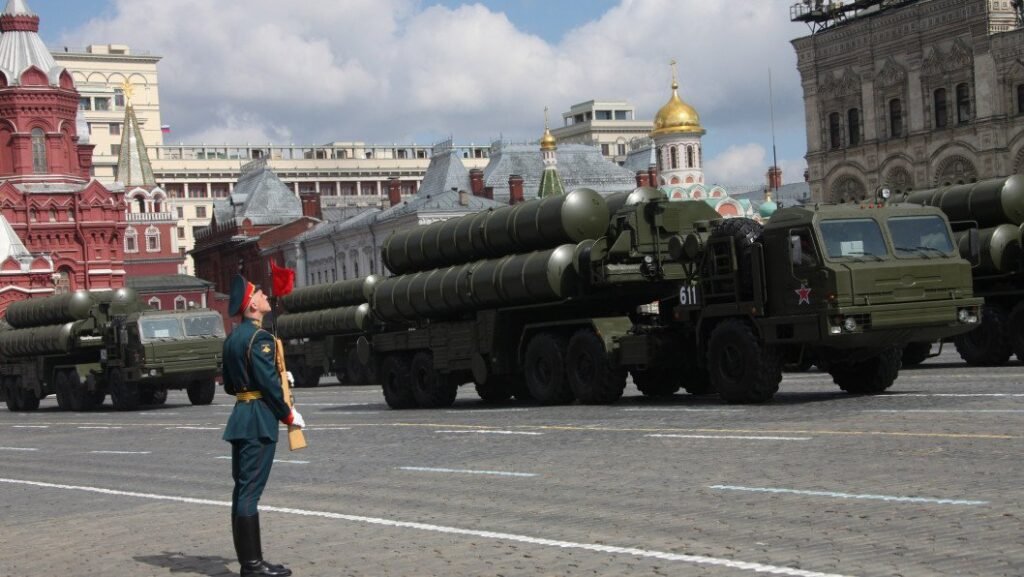There’s precious little information about the trade agreement Donald Trump says he has struck with Vietnam. Hanoi hasn’t even fully confirmed the details the U.S. president laid out in a social media post on Wednesday. Taken alongside Trump’s other tentative pact with the UK, however, this details-light bargain appears to show that bilateral tariff talks are as much about trying to hem in China as anything else.
Per Trump’s description, the U.S. will impose a 20% import duty on products from Vietnam. That’s much lower than the 46% he threatened the $480 billion economy with in April on what he dubbed Liberation Day. Whether that is good or bad for foreign manufacturers like Nike NKE will depend on where U.S. levies on other countries settle. But Washington is also slapping a 40% levy on so-called trans-shipments from other countries, meaning goods which are re-exported without adding much value.
That threatens Chinese manufacturers’ tactic of rerouting output through the Southeast Asian country in response to tariffs imposed during Trump’s first term. Vietnam’s exports to America tripled between 2017 and 2024 to $137 billion, per U.S. Census Bureau figures, while China’s share of American imports dropped 8 percentage points to 13.4%.

At present Chinese companies have other rerouting options in Southeast Asia. Economists also agree that enforcing targeted levies on trans-shipments will be difficult. Yet Hanoi will face immense pressure to comply: if exports to the U.S. keep rising quickly, Trump may well scrap the arrangement and increase the tariff on Vietnamese goods, too.
But far worse for Beijing would be if the pact’s final text includes demands like those made in May’s U.S.-UK accord. While not naming China, it requires London to “promptly” meet American demands on supply chain security and “ownership of relevant production facilities”. If Vietnam accepts similar obligations, it’s likely to set a precedent for other countries like Cambodia and Indonesia.
That would endanger China’s push to build low-cost production offshore to Southeast Asia. Annual investment flows to the region from the world’s second-largest economy have averaged about $10 billion over the past three years, per Rhodium, which estimates more than half of that went to manufacturing. And limiting ownership of domestic assets by nationals from any given country is far more easily done than taxing trans-shipments.
In a worst-case scenario for the People’s Republic, that could ultimately freeze out its manufacturers from further overseas expansion. The resulting yawning investment gap could instead be filled by countries more acceptable to Washington, such as Japan, Singapore and South Korea. That would lessen the financial and economic leverage China could exert in its own backyard. Pending confirmation of a real deal, though, these remain big ifs.
Follow Hudson Lockett on Bluesky and X.
CONTEXT NEWS
Donald Trump said on July 2 that the United States will impose 20% blanket reciprocal tariffs on Vietnamese exports, well below a threatened level of 46%. But the U.S. president also warned that trans-shipments by other countries through the Southeast Asian country would be subject to a 40% levy, posing a threat to substantial re-exports from China.
Vietnam’s government did not confirm the tariff levels or provide other details on the deal described by Trump, instead celebrating what it called an agreement concerning a joint statement about a trade framework. It also said top leader To Lam had requested recognition as a market economy and the removal of U.S. export restrictions on high-tech products to Vietnam.








